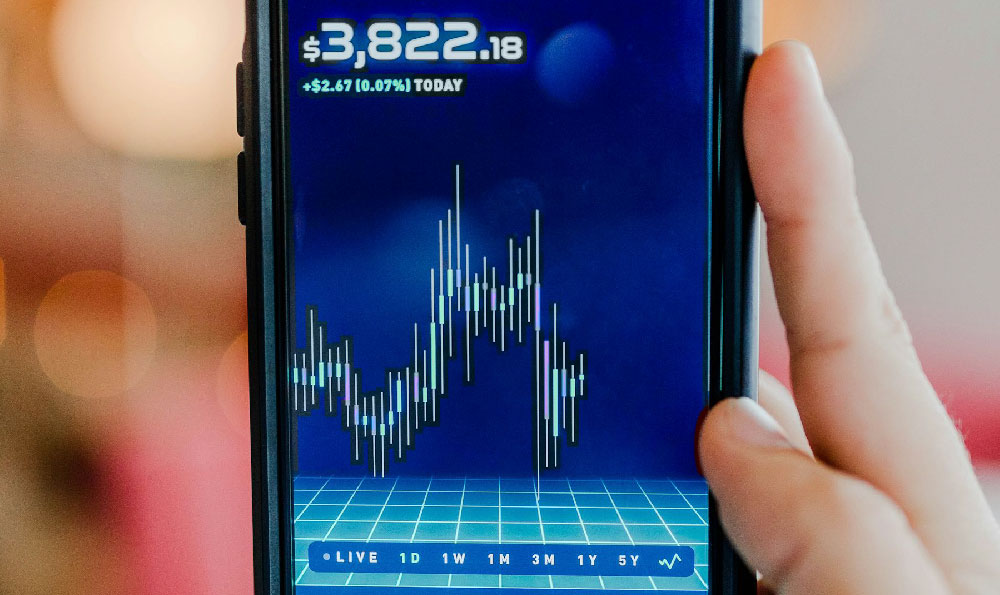
Icahn Enterprises (IEP) presents a compelling case study for investors navigating the complexities of the market. While the allure of a double-digit dividend yield and the association with a legendary activist investor like Carl Icahn are undeniably attractive, a thorough examination reveals a more nuanced picture, demanding careful consideration before allocating capital. Whether it's a wise investment or a risky gamble hinges heavily on an individual's risk tolerance, investment horizon, and understanding of IEP's unique structure and business model.
The immediate draw for many investors is the exceptionally high dividend yield. Such yields are usually a red flag, as they are often unsustainable and can indicate underlying financial distress. While IEP has consistently paid this high dividend for years, relying solely on this metric to justify an investment is imprudent. A deeper dive is necessary to assess the company's ability to maintain these payouts in the long run.
One critical aspect to consider is IEP's diversified portfolio. The company operates across a range of sectors, including investment, energy, automotive, food packaging, real estate, home fashion, and pharmaceuticals. This diversification is intended to mitigate risk, as downturns in one sector can be offset by strengths in others. However, the performance of each individual holding and the overall strategic direction of the portfolio are paramount. Investors need to analyze the performance of each segment, understanding the competitive landscape, growth prospects, and potential risks associated with each industry. For example, the energy sector can be highly volatile, influenced by global supply and demand dynamics, geopolitical events, and regulatory changes. A thorough understanding of these factors is crucial to assessing the long-term sustainability of IEP's investments in this area.

Furthermore, IEP's investment segment, which directly reflects Carl Icahn's investment strategies, warrants close scrutiny. Icahn's activist approach, characterized by taking significant stakes in companies, pushing for strategic changes, and often engaging in proxy battles, can lead to substantial gains. However, it also entails significant risk. These investments are often concentrated, meaning a failure in one major position can have a disproportionate impact on IEP's overall performance. Moreover, the success of activist investing depends heavily on the skill and judgment of the investor, making it inherently subjective and difficult to predict. Investors must assess Icahn's track record and the potential risks associated with his current investment positions.
Beyond the portfolio composition, understanding IEP's capital structure and financial management is essential. The company uses a complex structure involving debt and preferred stock, which can magnify both gains and losses. A high debt load can increase financial risk, especially during economic downturns when revenue and profitability may decline. Assessing IEP's debt levels, interest coverage ratio, and overall financial flexibility is crucial for determining its ability to weather potential storms. The company's reliance on external financing to maintain its dividend payments also requires careful consideration. If earnings are insufficient to cover the dividend, the company may need to borrow money or sell assets to continue the payouts, which could negatively impact its long-term financial health.
The role of Carl Icahn himself is a double-edged sword. His reputation as a shrewd and successful investor certainly attracts many investors. However, his advanced age and the potential for future leadership transitions raise concerns about the long-term continuity of the company's investment strategy. While there are likely succession plans in place, the market's reaction to a change in leadership is unpredictable. Investors should consider the potential impact of Icahn's eventual departure on the company's stock price and overall performance.
Finally, it's crucial to consider the opportunity cost of investing in IEP. While the high dividend yield is enticing, investors should compare it to the potential returns from other investment options. Investing in a diversified portfolio of stocks or bonds may offer lower yields but could also provide greater stability and long-term growth potential. Diversification is a key principle of sound investment management, and allocating a large portion of one's portfolio to a single company like IEP can increase overall risk.
In conclusion, determining whether Icahn Enterprises is a wise investment or a risky gamble requires a comprehensive analysis that goes beyond the appealing dividend yield. Understanding the company's diversified portfolio, investment strategy, capital structure, leadership dynamics, and the broader market context is essential for making an informed decision. While the potential for high returns exists, so does the potential for significant losses. For risk-averse investors, IEP may be too volatile. However, for those with a higher risk tolerance, a long-term investment horizon, and a deep understanding of the company's operations, IEP could potentially offer attractive returns. Ultimately, the decision hinges on a careful assessment of individual circumstances and a realistic appraisal of the risks and rewards involved. Prospective investors should conduct their own due diligence and consult with a qualified financial advisor before making any investment decisions.





